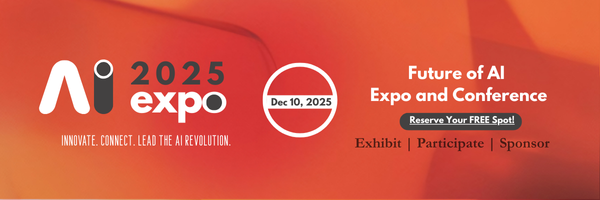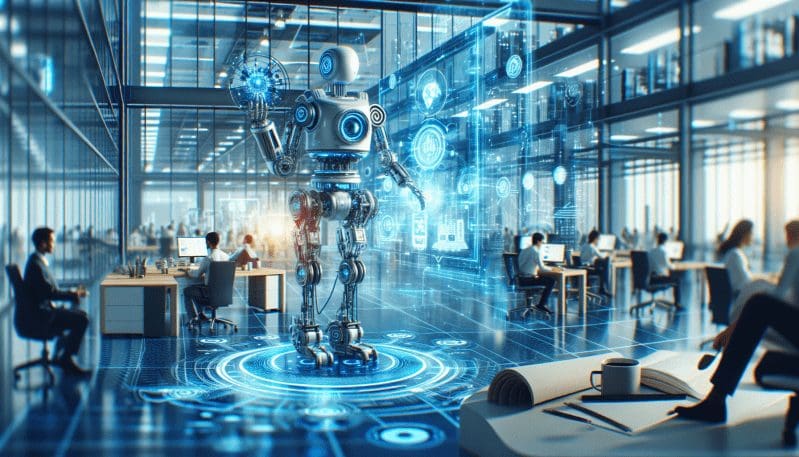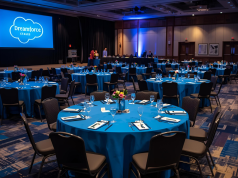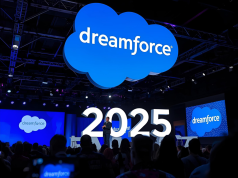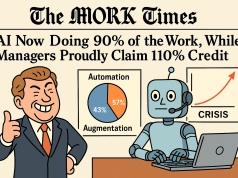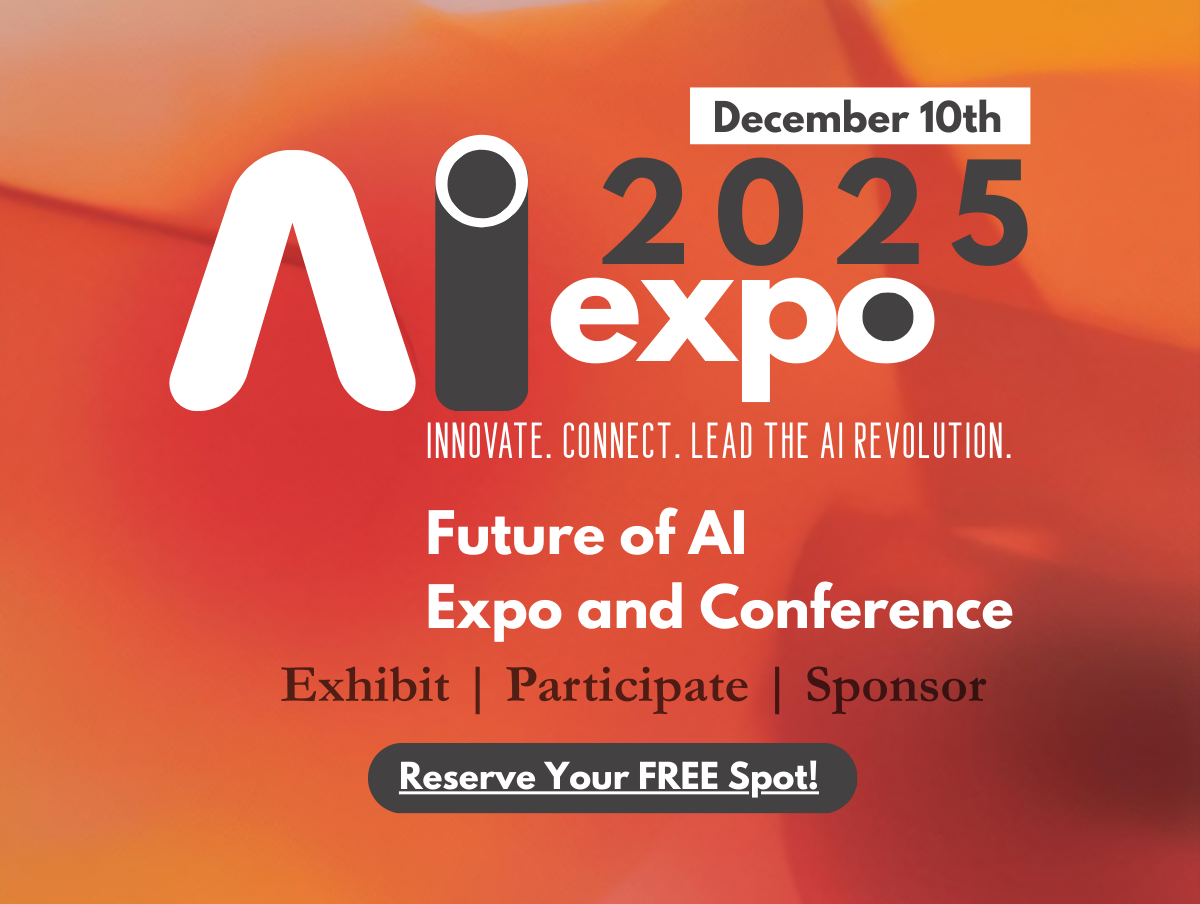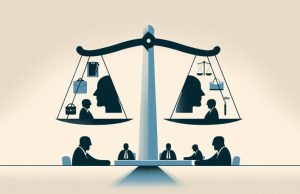As dawn breaks over the skyline of the modern workplace, a transformation is underway – one that is powered by artificial intelligence (AI) and automation. These innovative technologies are not mere accessories but are becoming integral to the very fabric of how businesses operate, with profound implications for workers and workplaces alike.
With the rise of AI and automation, the nature of work is evolving at an unprecedented pace. Traditional job roles are being redefined as machines take on tasks that were once the sole province of humans. From customer service bots to sophisticated manufacturing robots, the capabilities of technology are expanding into domains that were previously thought to require the human touch.
For employees, this shift demands a reevaluation of their skillsets. Jobs that rely heavily on routine and repetitive tasks are at higher risk of automation, pushing workers to develop new competencies. Critical thinking, creativity, and emotional intelligence are becoming the currency of the new economy, as these are areas where machines still lag behind their human counterparts.
Businesses, on their part, need to navigate this transition with strategic foresight. It’s essential for companies to balance the efficiency gains from automation with the creativity and strategic thinking that human workers provide. Reskilling and upskilling programs are becoming vital for maintaining a competitive edge, as they help employees stay relevant in the face of technological change.
But what happens to the workers whose jobs are displaced by machines? The ethical implications of AI and automation are as pressing as the economic ones. A delicate balance must be struck between improving productivity and preserving livelihoods. Policymakers may need to consider reforms – such as universal basic income, retraining subsidies, or job-sharing schemes – to mitigate the impact of job displacement.
The future workplace might look very different, but by embracing change and planning for it, businesses can create new opportunities for growth and innovation. Employees, too, can seize this moment to redefine their roles and carve out a place in the workplace of tomorrow. Together, an automated future can be a symbiotic one, where machines enhance human abilities and productivity, rather than replace them.
In conclusion, the integration of AI and automation into the workplace is not a distant prophecy but a present-day reality. The onus is on both businesses and workers to adapt, upskill, and innovate to reap the benefits of this technological revolution. As we stand at the precipice of this new era, it is clear that our approach to work must evolve. Those who anticipate and prepare for this shift will be the trailblazers in the economy that lies ahead, shaping a future where technology and humanity work in tandem to create a prosperous, efficient, and equitable world of work.
















